Shifting our gaze At 50, the Winnipeg Art Gallery is embracing a spirit of reconciliation and reinvention
Read this article for free:
or
Already have an account? Log in here »
To continue reading, please subscribe:
Monthly Digital Subscription
$0 for the first 4 weeks*
- Enjoy unlimited reading on winnipegfreepress.com
- Read the E-Edition, our digital replica newspaper
- Access News Break, our award-winning app
- Play interactive puzzles
*No charge for 4 weeks then price increases to the regular rate of $19.00 plus GST every four weeks. Offer available to new and qualified returning subscribers only. Cancel any time.
Monthly Digital Subscription
$4.75/week*
- Enjoy unlimited reading on winnipegfreepress.com
- Read the E-Edition, our digital replica newspaper
- Access News Break, our award-winning app
- Play interactive puzzles
*Billed as $19 plus GST every four weeks. Cancel any time.
To continue reading, please subscribe:
Add Free Press access to your Brandon Sun subscription for only an additional
$1 for the first 4 weeks*
*Your next subscription payment will increase by $1.00 and you will be charged $16.99 plus GST for four weeks. After four weeks, your payment will increase to $23.99 plus GST every four weeks.
Read unlimited articles for free today:
or
Already have an account? Log in here »
Hey there, time traveller!
This article was published 24/09/2021 (1536 days ago), so information in it may no longer be current.
Paintings by Vincent Van Gogh and Group of Seven artists such as L.L. FitzGerald were among the famous paintings on display when the Winnipeg Art Gallery opened its doors 50 years ago today.
Grand works all, but it was a few sculptures by Inuit artists that were also on display that caught the eye of Princess Margaret, who gave the gallery its grand unveiling on Sept. 25, 1971, during her royal visit to the city, the Free Press reported then.

Perhaps the princess was onto something. Half a century later, works by Indigenous artists are no longer mere curiosities that add variety to exhibitions showcasing the old masters.
Indigenous art at the WAG has become the showcase.
A visit to the gallery is proof. Taking up its main third-floor gallery these days is Naadohbii: To Draw Water, which offers artistic perspectives about the importance of water from Indigenous people around the world, including Manitoba.
Around the corner is Nuliajuk’s Story, which uses carvings, drawings, prints and multimedia installations to tell tales from Inuit culture that have been handed down from generation to generation.
In 2021, it’s the European art that provides variety at the WAG.
Beyond that is Heartbeat of a Nation, a collection of 250 handmade bowls by Métis ceramic artist Tracy Charette Fehr, which signify the 250 years of family history she’s traced back.
On the second floor is Inuk Style, a collection of garments made by Inuit textile artists from across the Canadian Arctic, proving parkas can be posh too.
Then there’s Qaumajuq, the WAG’s brand-new conjoined twin. Its main gallery displays traditional works by Inuit artists such as prints and tapestries, but it is also home to a shipping container and a replica of a hunting cabin that both house multimedia art.
In 2021, it’s the European art that provides variety at the WAG. Simply Splendour reveals dozens of pieces of ornate silverware and porcelain items from the 17th to 21st centuries, displayed with equally fine furniture and prints and drawings from the same time period.
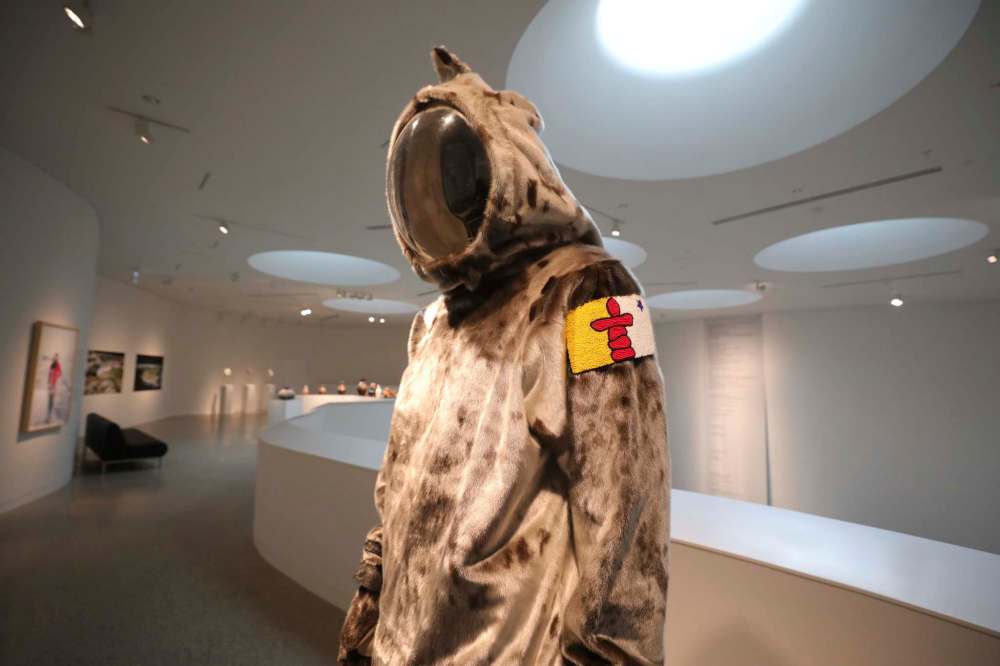
The comparison could not be more dramatic; luxuries of colonial powers shown side by side with works made by people whose ancestors lived off the land — or still do today — whose lives continue to be scarred by the effects of colonialism.
“This doesn’t mean we discard the European or non-Indigenous collections. They still play a very important role in terms of context, in terms of history,” says Stephen Borys, the WAG’s director and chief executive officer. “But it’s also important to remember that there has been an imbalance for so many decades, with the overwhelming presence of a very Euro-centric and colonial model for museums, and that had to change and it has changed at the WAG.
“So in fact the imbalance is the other way right now, as we try to put forth other perspectives and other voices that have not been present or haven’t had the same platform.”

The gallery’s next step, its decolonization, has revolutionized the way individual artworks, exhibitions and the gallery itself will be presented.
When Qaumajuq was given its name prior to its opening in March, the WAG received its own Indigenous name, Biindigin Biwaasaeyaah, which means “Come on in, the dawn of light is here,” in Anishinaabemowin.
WAG's angular architecture combines form, function in a building both timeless and of its time
Posted:
Asked to talk about the Winnipeg Art Gallery building, Stephen Borys pauses for a moment.
The WAG has also invited its Indigenous advisory circle and language experts to its vaults to rename 57 works of art in its permanent collection that have racist titles or descriptions of First Nations, Métis and Inuit people.
The process is similar to the way some sports teams, such as the Canadian Football League’s Edmonton Elks, have changed the team’s name in response to charges that the former name, an inaccurate and pejorative term for Inuit, was racist.
Julia Lafreniére, the gallery’s head of Indigenous initiatives, says the WAG is the first major art institution to address the problematic titles; she hopes other museums and galleries will follow suit.
“Too often in Canadian history we are unnamed or numbered, and it was a powerful moment to watch Indigenous relatives depicted in these artworks receive a proper name,” she says.
There are more examples of this change at the WAG.
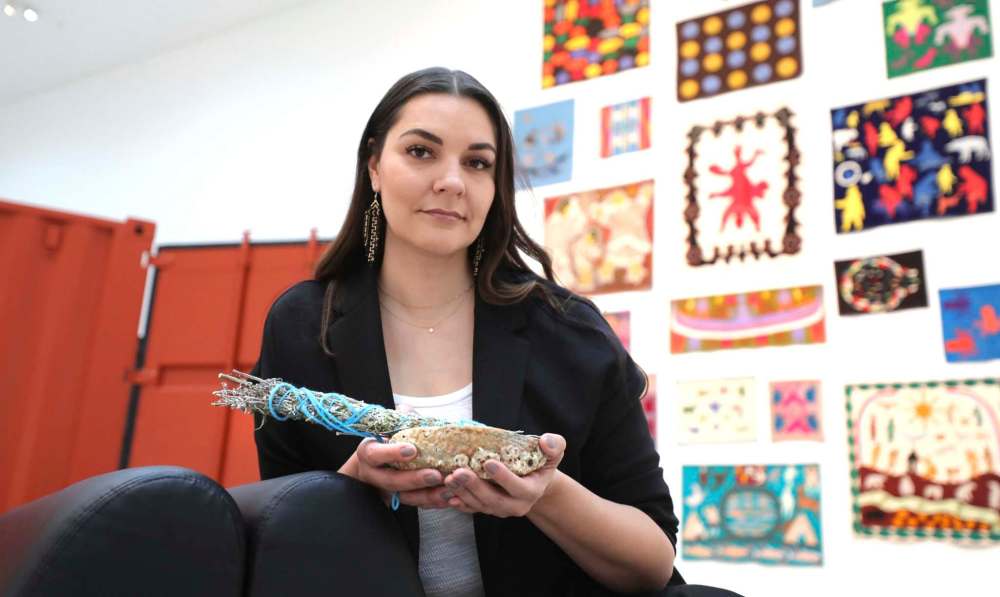
Earlier this year it presented The Alloways’ Gift, a show that marked the philanthropic organization’s 100th anniversary. Among its historical photographs from Winnipeg’s past and early Winnipeg Foundation documents was an acknowledgement from the foundation — an illuminating piece of reconciliation — that mentioned companies owned by William Forbes Alloway, the foundation’s founder, had profited in Manitoba’s early years from trading cash for Métis scrip, which was a promise of property from the federal government to Métis people.
There’s also room for reactions to contentious issues that offer insights into different cultures. In Naadohbii, for instance, Indigenous artists from Australia show how water-diversion projects threaten their water supply.
WAG aims to foster dialogue, embrace diversity
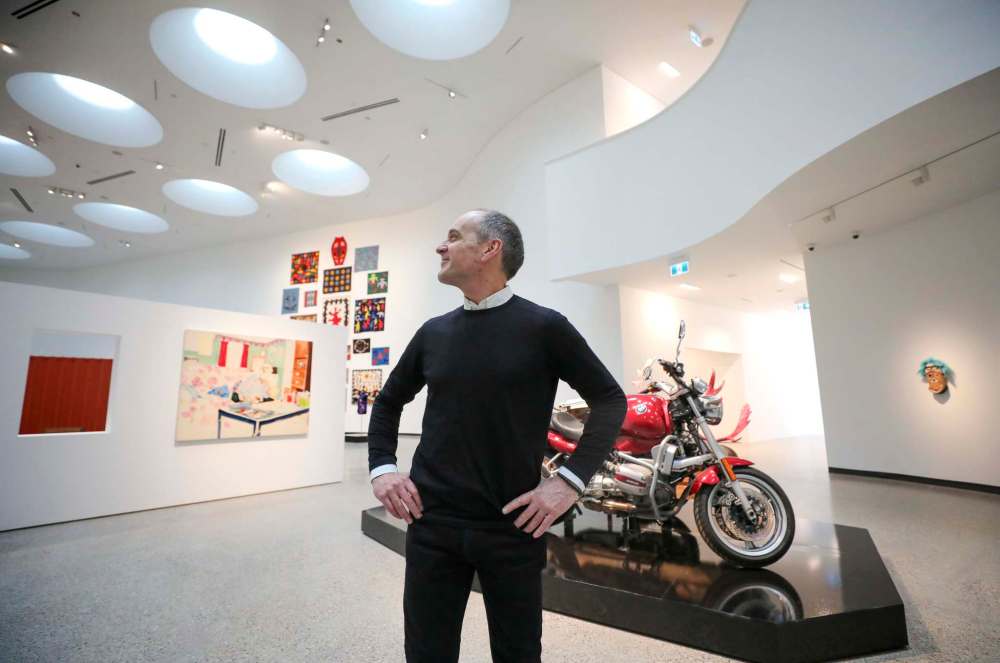
Posted:
‘Art is a voice” is a slogan the Winnipeg Art Gallery used during the leadup to the opening of Qaumajuq, Winnipeg’s newest landmark that celebrates Inuit works and those who make them.
Their experience has similarities to a local injustice that took decades to correct. While Winnipeggers get their drinking water from Shoal Lake, the Shoal Lake 40 First Nation faced 24 years of boil-water advisories until earlier this month when a water-treatment plant was finally opened and folks could drink water from the taps without getting ill.
Amid all this change, there will always be a place in galleries for visitors to enjoy looking at a painting, a sculpture or a tapestry for its sheer beauty.
New technology, unheard of in 1971 when the WAG opened, adds some wow factor to exhibitions.
New ideas have been created to display art, such as Qaumajuq’s Visible Vault, which puts thousands of stone sculptures the WAG has collected since the 1950s into the light instead of letting them languish in the darkness of its storage facility.
Imagine Princess Margaret marvelling at that.
alan.small@freepress.mb.ca
Twitter:@AlanDSmall
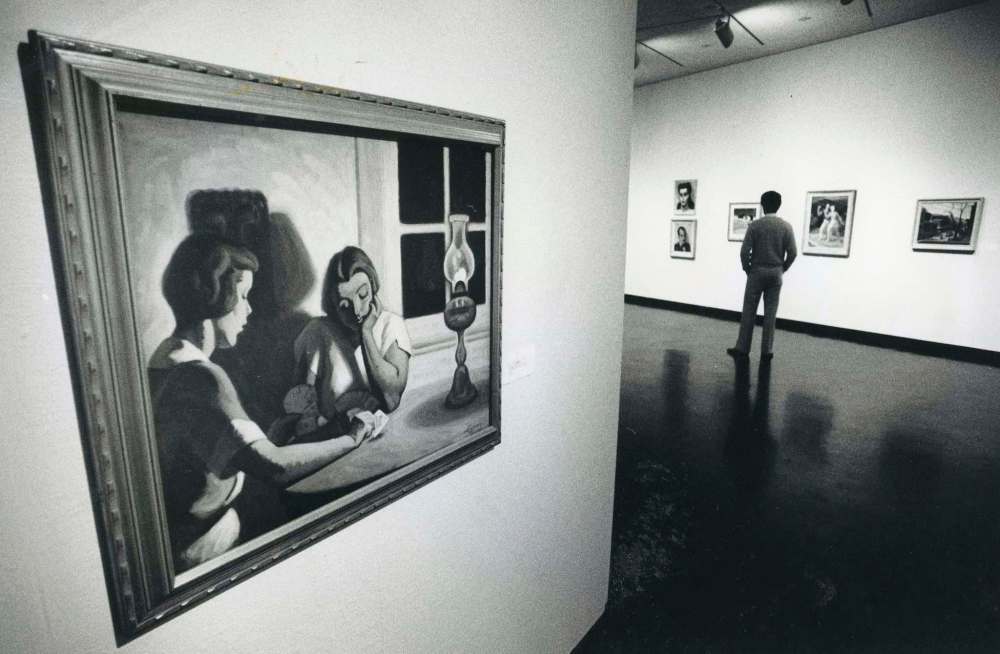
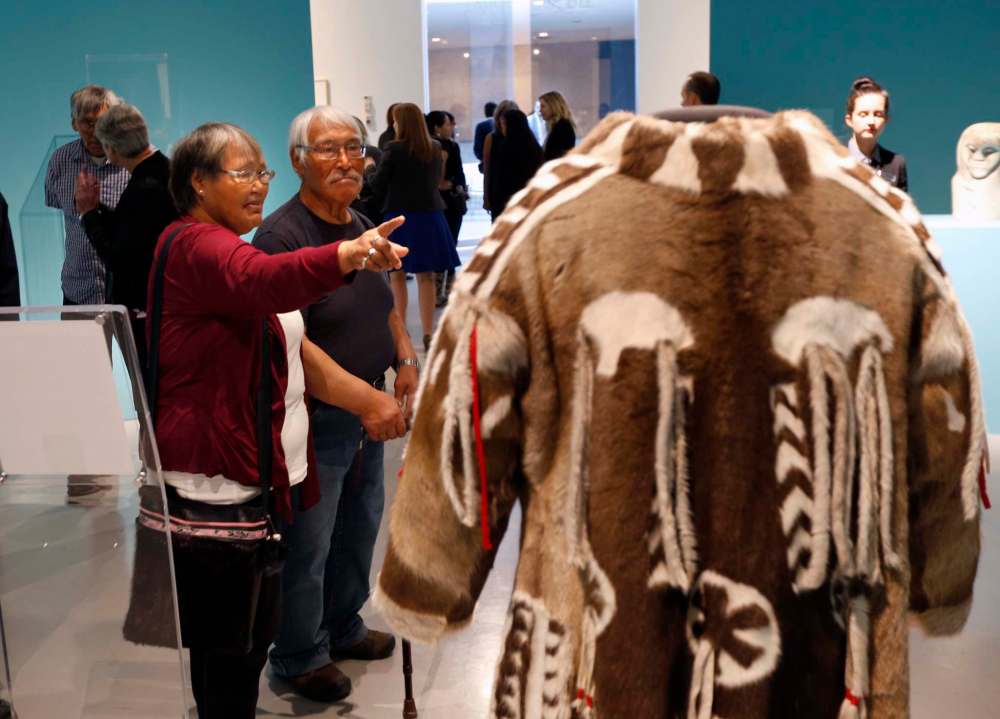

Alan Small has been a journalist at the Free Press for more than 22 years in a variety of roles, the latest being a reporter in the Arts and Life section.
Our newsroom depends on a growing audience of readers to power our journalism. If you are not a paid reader, please consider becoming a subscriber.
Our newsroom depends on its audience of readers to power our journalism. Thank you for your support.






